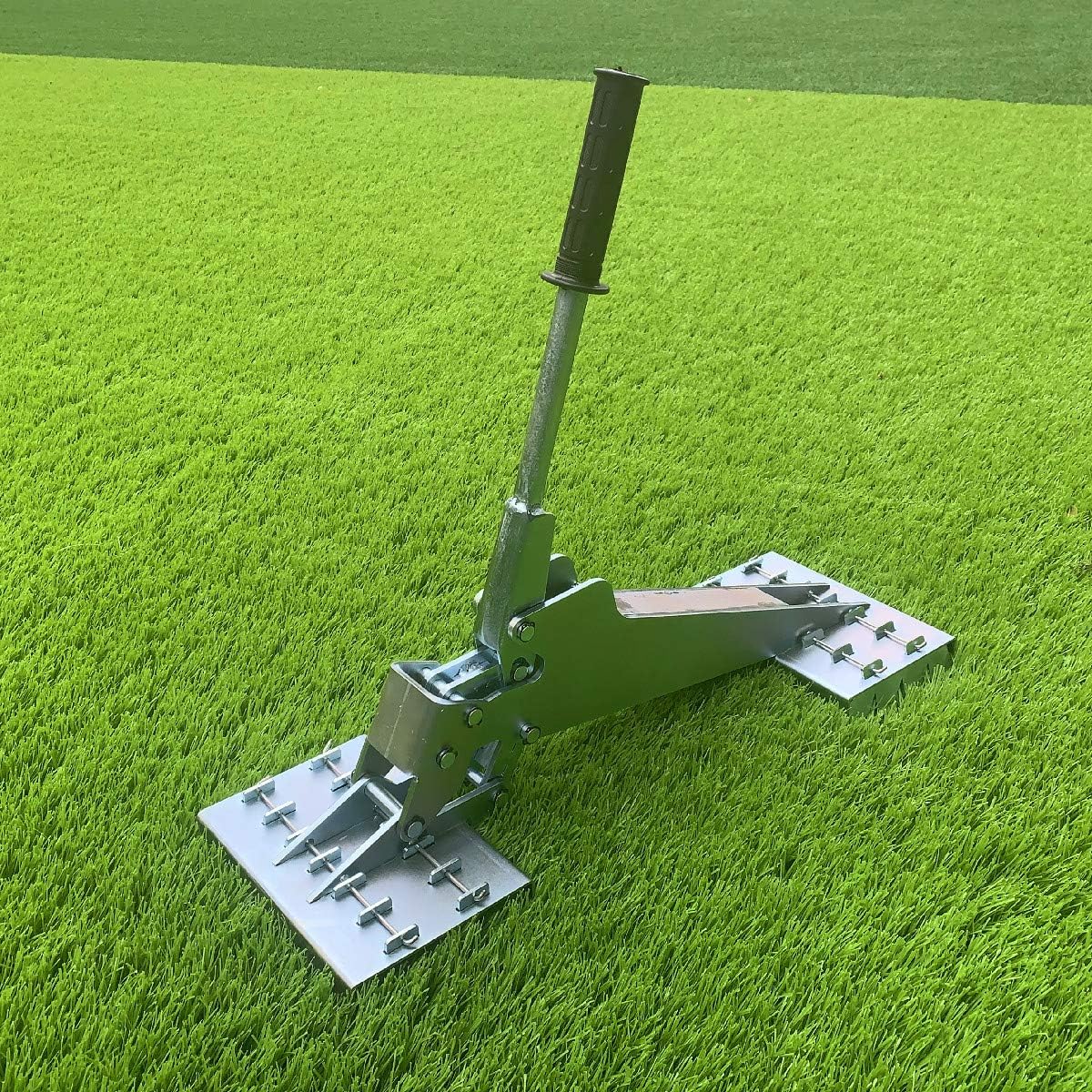Artificial grass installers has come a long way from its early beginnings, and the latest trends in design reflect significant advancements in technology and aesthetics. These innovations not only enhance the visual appeal and functionality of synthetic turf but also address environmental and performance considerations. Here’s a look at some of the most innovative trends in artificial grass design.
1. Realistic Fiber Technology
Recent advancements in fiber technology have led to more realistic and natural-looking artificial grass. Modern synthetic turf features:
- Multi-Color Blades: To replicate the varied shades of natural grass, manufacturers now use multi-tone fibers that mimic the subtle color variations found in real grass. This results in a more authentic appearance and enhances the visual appeal of the turf.
- Enhanced Texture: Innovations in tufting and fiber construction create blades with different textures, such as curly or straight fibers, to replicate the feel of various grass species. These textures contribute to a more realistic and visually appealing surface.
2. Improved Infill Materials
Infill materials play a crucial role in the performance and durability of artificial grass. Recent trends include:
- Eco-Friendly Infill: With a growing emphasis on sustainability, there has been a rise in the use of eco-friendly infill materials. Products such as recycled rubber and natural granules provide cushioning and stability while reducing environmental impact.
- Cooling Infill: To address the issue of heat retention, new cooling infill materials have been developed. These infills help to lower the surface temperature of the artificial grass, making it more comfortable to walk on during hot weather.
3. Advanced Drainage Systems
Effective drainage is crucial for maintaining the performance and longevity of artificial grass. Innovative drainage solutions include:
- Permeable Backing: Modern artificial grass products feature advanced backing materials with improved permeability. This allows water to drain more efficiently, preventing puddles and reducing the risk of surface damage.
- Integrated Drainage Channels: Some synthetic turf designs incorporate built-in drainage channels that direct water away from high-traffic areas and prevent waterlogging. These channels help maintain a dry and functional surface.
4. Environmental and Sustainability Focus
Sustainability is a key consideration in the design of modern artificial grass. Trends include:
- Recycled Materials: Many artificial grass products now use recycled materials for both the fibers and backing. This reduces the reliance on virgin resources and minimizes the environmental footprint of synthetic turf.
- Recyclable Turf: Advances in material science have led to the development of artificial grass that is fully recyclable at the end of its lifespan. This ensures that the turf can be processed and repurposed, contributing to a circular economy.
5. Integration with Smart Technology
The integration of smart technology into artificial grass design is an emerging trend. Innovations include:
- Sensors and Monitoring: Some synthetic turf systems now feature embedded sensors that monitor conditions such as temperature, moisture levels, and usage patterns. This data can be used to optimize maintenance and ensure the turf remains in top condition.
- Automated Maintenance: Advances in automation technology have led to the development of robotic systems for turf maintenance. These systems can perform tasks such as brushing, cleaning, and infill distribution, reducing the need for manual intervention.
6. Customization and Aesthetic Options
Customization has become a significant trend in artificial grass design, allowing for personalized and unique landscapes:
- Custom Colors and Patterns: Manufacturers now offer a range of colors and patterns to match specific design preferences. Whether for residential lawns, commercial spaces, or sports fields, customization options enable tailored solutions that meet individual needs.
- Textural Variations: Design options include a variety of textures and blade lengths, allowing users to create surfaces that meet specific functional and aesthetic requirements.
In conclusion, the latest trends in artificial grass design reflect a blend of technological innovation, sustainability, and customization. From realistic fiber technology and eco-friendly materials to advanced drainage systems and smart technology integration, these advancements enhance the performance and appeal of synthetic turf. As the industry continues to evolve, these innovative trends will play a crucial role in shaping the future of artificial grass.


